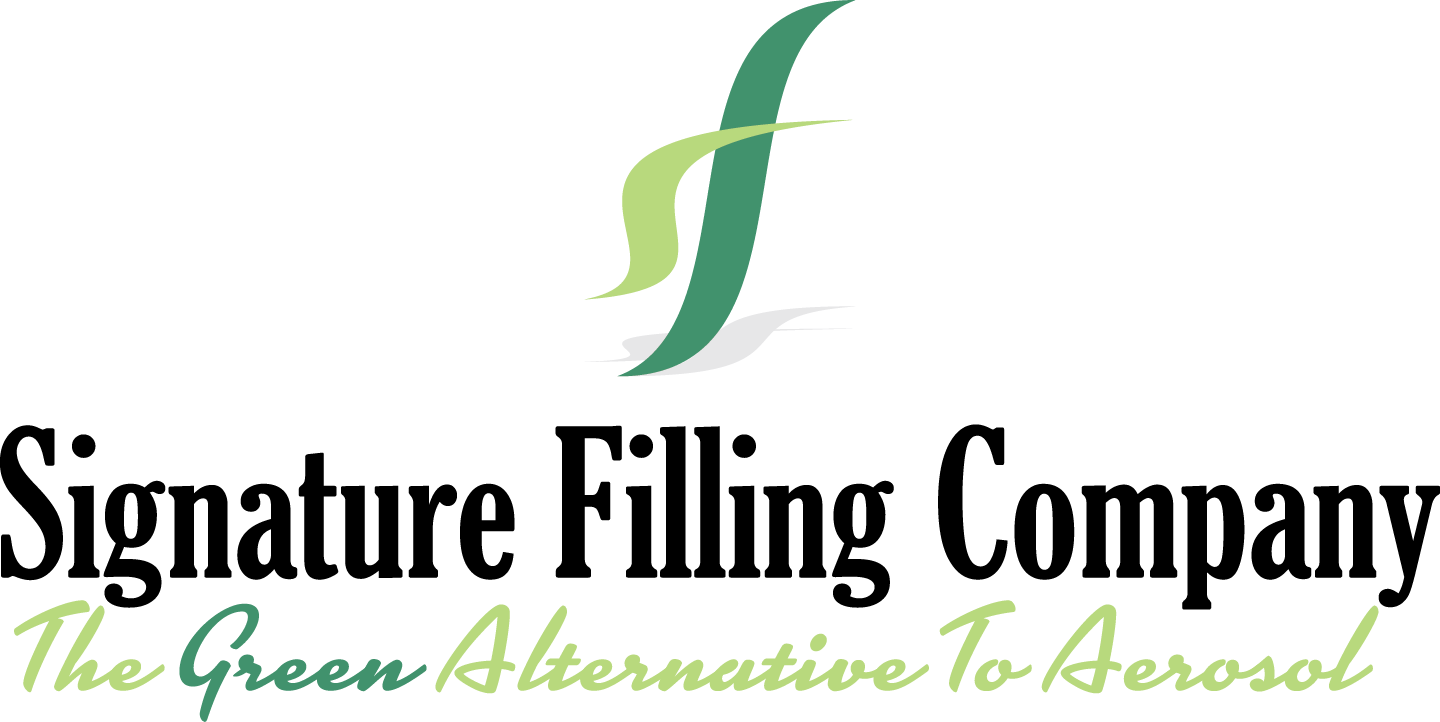History of Aerosol Cans
The first use for an aerosol package arose during World War II, but the idea of using low-pressure liquefied gas to atomize droplets of liquid in the air was developed in 1924.
Canisters filled with insecticide and propellants were used to protect U.S. servicemen from insects carrying diseases such as malaria. Shortly after the war, Robert Abplanalp, founder of Precision Valve Corporation (PVC), invented the first mass-produced aerosol valve. The patent was filed in September 1949 and was issued on March 17, 1953. From that invention, the aerosol industry quickly developed in the United States and around the world.
Aerosols are very fine particles of liquid or solid substances suspended in air.
Fog, for example, is a normal aerosol. In aerosol packaging, the substance to be sprayed is propelled through a valve as a fine mist or foam. This provides a safe, efficient means of dispensing thousands of consumer products such as shaving cream, hair spray, paint and antiperspirants.
Sixty-five years ago, U.S. Department of Agriculture scientists developed the principle of pressurized insect spray.
This gave birth to the container used by American troops to fight malaria by killing mosquitoes in the South Pacific during World War II. Today’s lightweight low-pressure can is a direct descendant of those ponderous, high-pressure canisters. Refinements to containers, valves, propellants and formulas have broadened the range of aerosol products and widened consumer acceptance. Aerosol-related jobs now employ over 50,000 Americans.
Since 1978, no aerosols made or sold in the U.S. have contained CFCs except for a tiny fraction (less than 2%) specifically approved by the government for essential medical and other unique uses, such as inhalers for asthma sufferers. Not only are CFCs absent from the propellant used in aerosols, but there are no CFCs in the products packed in aerosol packages, such as hair spray, deodorants, antiperspirants or other personal care items, nor are they in spray paint, household, food or automotive products. The industry is in full compliance with rules established by the EPA, the FDA, and the Consumer Products Safety Commission.
Source: National Aerosol Association
